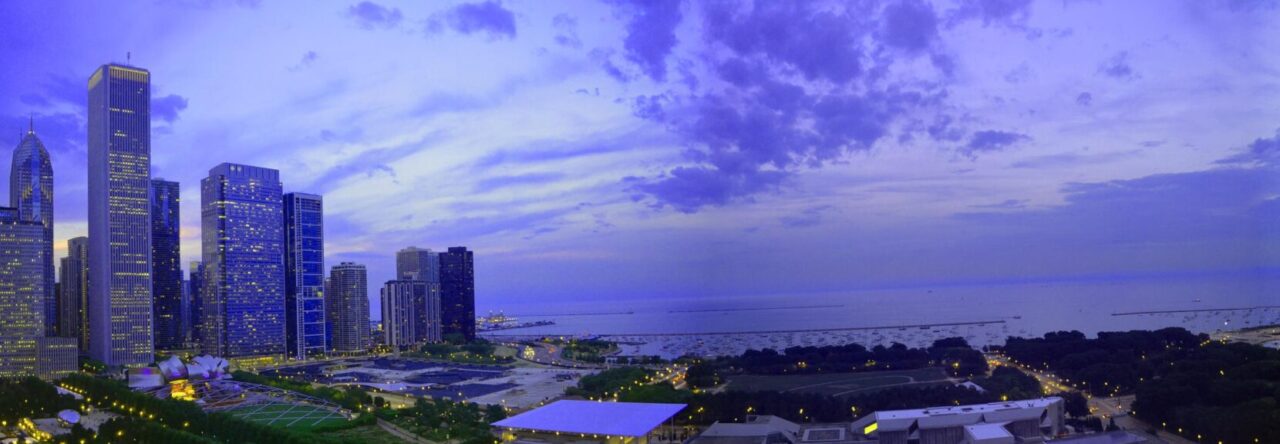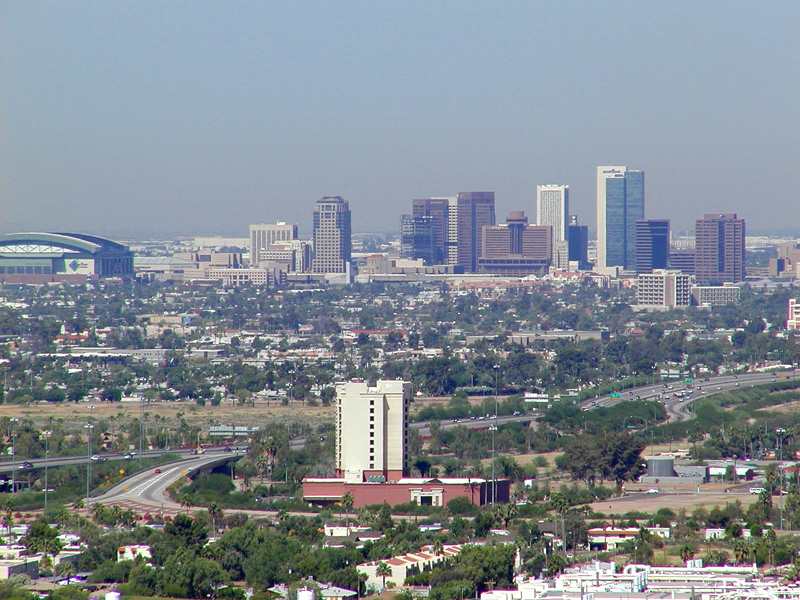A public service announcement:
I’ve got a guest post up over at my friend Molly’s fantastic site talking about the history of Chicago’s Union Station.

The Great Hall at Chicago Union Station.

A public service announcement:
I’ve got a guest post up over at my friend Molly’s fantastic site talking about the history of Chicago’s Union Station.

The Great Hall at Chicago Union Station.

Abandoned Paradise (Photo credit: Seamoor)
Reading this article in the New York Times (and this one) about the lag in wealth building by younger generations compared to their parents has had me reflectively thinking about my own situation. I have two degrees, including a masters. My wife and I even managed to save for a house, which we purchased in 2009 (in hindsight, it appears we bought too early as we’re likely underwater). We also have two kids. Needless to say, our finances are strained. The way things are looking, I’ll pay off all my student loans shortly before I am 60. That would be after both of my daughters complete college, in which case I’ll likely be paying loans off until death. And that’s OK. It’s a decision I made. And yet, I can’t help but feel something is deeply problematic with the financial situation facing much of my generation. The job market sucks, making it difficult to build a life on a foundation of debt. And if you are fortunate to have a job like I am, then perhaps you are faced with stagnate or declining wages over the long term. But costs are going up. Housing, education, health care, transportation and energy costs have all risen dramatically while income has fallen.
I can’t say how this will play out over the long term. But these trends have an effect on the way people live and our cities are evolving to meet the demands that these trends are making. From a planning perspective we are likely to see the following trends continue, for better or worse.
Our cities will experience a bit of a renaissance as people move back in. On the other hand, the suburban experiment is likely due for hardship. While appealing to some, I can’t see how it sustains itself in its enormity from a market standpoint and fiscal reality. There frankly isn’t a market for the sheer number of single family homes in cul-de-sacs out there. And governments cannot afford the replacement costs of the second generation of infrastructure that many of these suburbs will be requiring over the next 20 or so years. This may lead to a situation similar to many European cities (e.g. Paris) where the center city is luxurious and the suburbs surrounding it are falling apart.
If this is truly our future, I pray that I have made the prudent lifestyle decisions to support my family. We’ll see.

There is nothing wrong with friendly competition. I laughed when I saw this image and read this article on Streetsblog.
But the truth of the matter is that this makes a lot of sense. I’m talking about transportation investment in cities. It’s been clear for some time now that the suburban experiment is coming to an end, that we need to reinvest in our cities. Now, I am a Chicagoan and I’m not necessarily a big fan of Rahm (who eliminated the planning department at City Hall!). But, he has done some very innovative, urban friendly things that are paying off. There is a reason that downtown Chicago has attracted corporate investment the past couple of years. One example of smart transportation investments, alluded to here in the Streetsblog article, is the Dearborn protected lanes.
I’m not sure whether we’re better off in the long run stealing jobs from other cities. But, then again, I’m not sure I’d categorize it as stealing. When you build infrastructure in the right way, the economic rewards will come.

Phoenix. The Valley of the Sun. Soon to be home to my sister and her girlfriend. They’re moving at the end of the month to start the next phase of their lives together. I am sad, of course, and yet happy for them on this exciting adventure. I am no expert in Phoenix, having only visited the city once, but as an urban planner, I am adept at researching city data. So, here I present some interesting facts and observations about Phoenix from a planning perspective.
It’s Big!
Phoenix’s population is 1.469 million people. The city alone accounts for 22% of the State of Arizona’s population, making it the primate city in the state. It’s the 6th most populous city, behind New York, Los Angeles, Chicago, Houston and Philadelphia. It’s metropolitan area is home to two-thirds of all Arizonans. It’s footprint is gigantic as well. Lying in the Salt River Valley of the Sonoran Desert, Phoenix spreads out over 516 miles, more than twice the land area of Chicago. And for all that land, it’s not particularly dense, with only 2,800 people per square mile, or about a quarter of Chicago’s population per square mile. This kind of density is hard to support transit, but you might be surprised that one of the newest and most successful light rail lines was built in the city recently (more on that below).
Getting Around
Given the size of the urban area and the character of its urbanism (suburbanism), a car is essential for reasonable travel. Unfortunately, your visitors will be arriving via plane, as the last passenger rail service was suspended in 1996. Phoenix is the largest city without intercity passenger train service. However, visitors landing at Sky Harbor International Airport have the option of taking the train. The Metro light rail system, a 20 mile single line system serving 28 stations, opened in 2008. The line serves central Phoenix, Tempe and Mesa. Back to being big – Mesa, at almost 440,000 people, is the second largest suburb in the U.S., ranking above many major cities like Miami, Atlanta, and St. Louis.
Sky Harbor is the main Phoenix airport and has a Southwest hub, very important for travel back to Chicago. It’s the 10th busiest in terms of passenger traffic.
Roads are plentiful. The main interstates are 10 and 17. I-17 will take you to Sedona in 2 hours, Flagstaff in 2 and a half. I-10 will take you to L.A. in 7 hours or so. As a Chicagoan, I was struck by the size of the arterial roads in the Phoenix area. Six lanes with a double left turn lane are common. It’s no wonder everyone drives.
Similarities to Chicago
Not many as you might expect. But the obvious ones are sports related. The Chicago Cubs have the spring training home in Mesa, attracting a lot of Chicagoans to visit and retire. Also, not to be forgotten, is the fact that the Arizona Cardinals used to be the Chicago Cardinals until 1960. I also think Phoenix’s dominance as Arizona’s primate city and capital is somewhat similar to Chicago. And the prevalance of the cardinal direction street grid is familiar to Chicagoans.
Like all cities, Phoenix is fascinating and has an interesting story. From my perspective as an urban planner, particularly in the transportation realm, I am fascinated by the urban form of the region, how transportation or natural (or political) boundaries enforce the geography of a place. Phoenix has more stories to tell.
Cross posted at Ryan J. Richter.

I came across this instructional video on the same day that I saw that the River Point development off of Canal St. and Lake St. in Chicago has broken ground. This project is being constructed above the Metra tracks leading into Union Station (H/T Atlantic Cities).

Powered by WordPress & Theme by Anders Norén